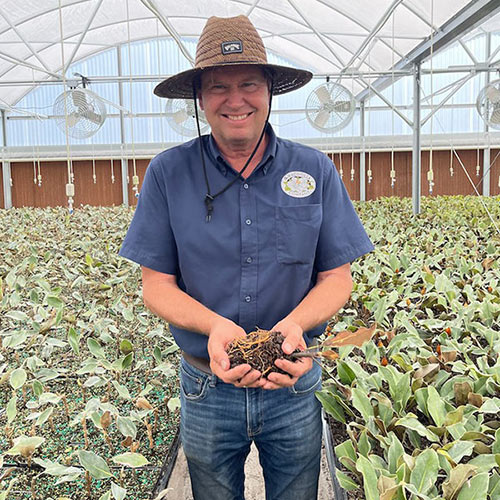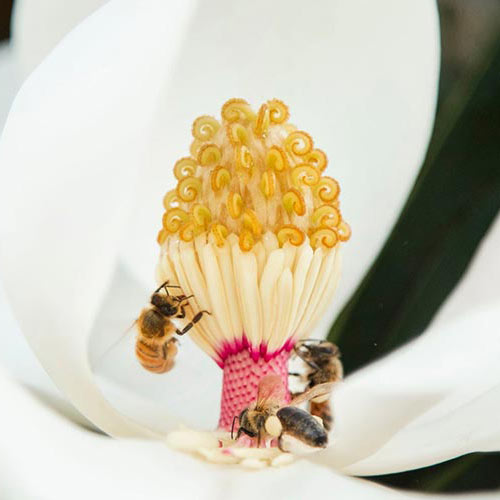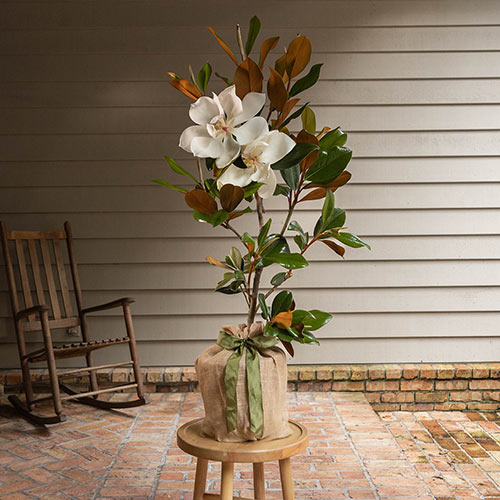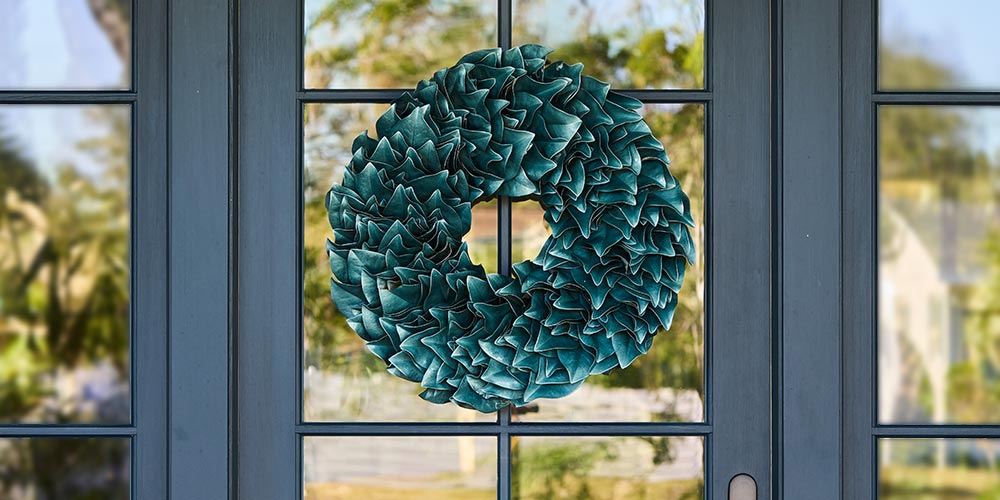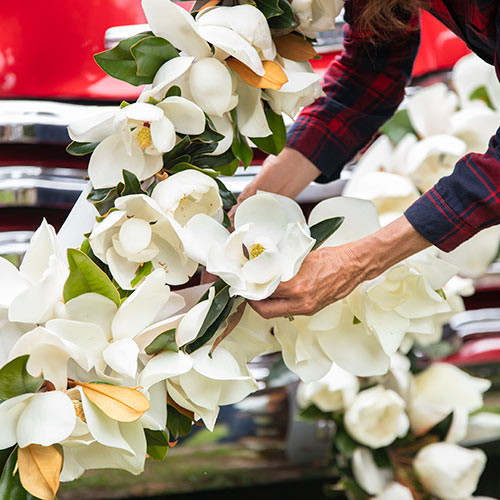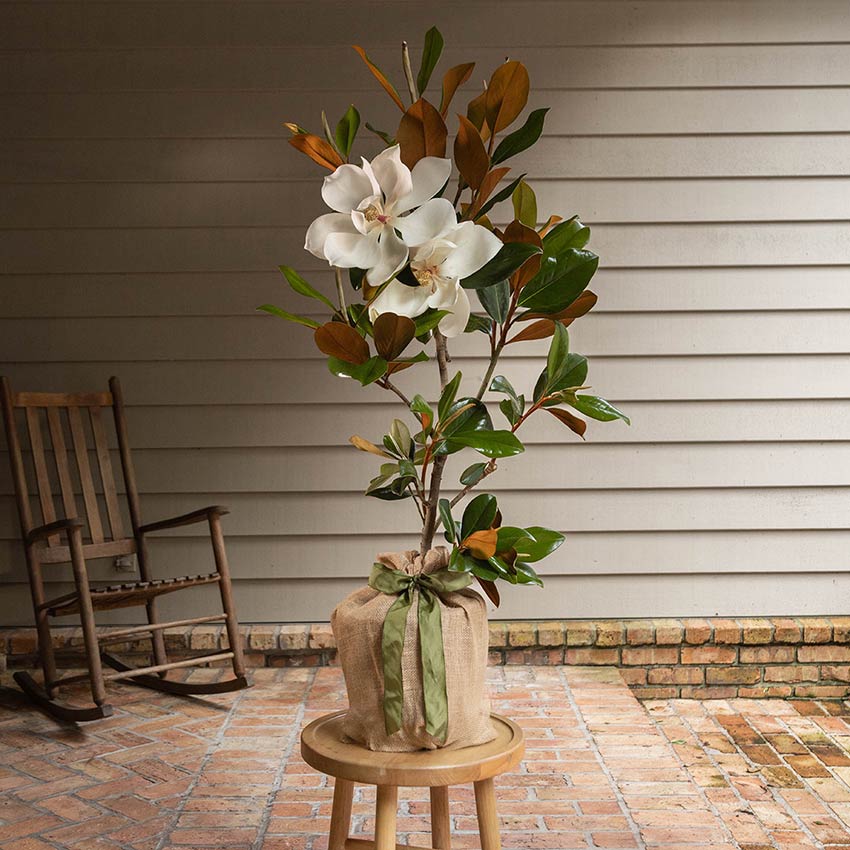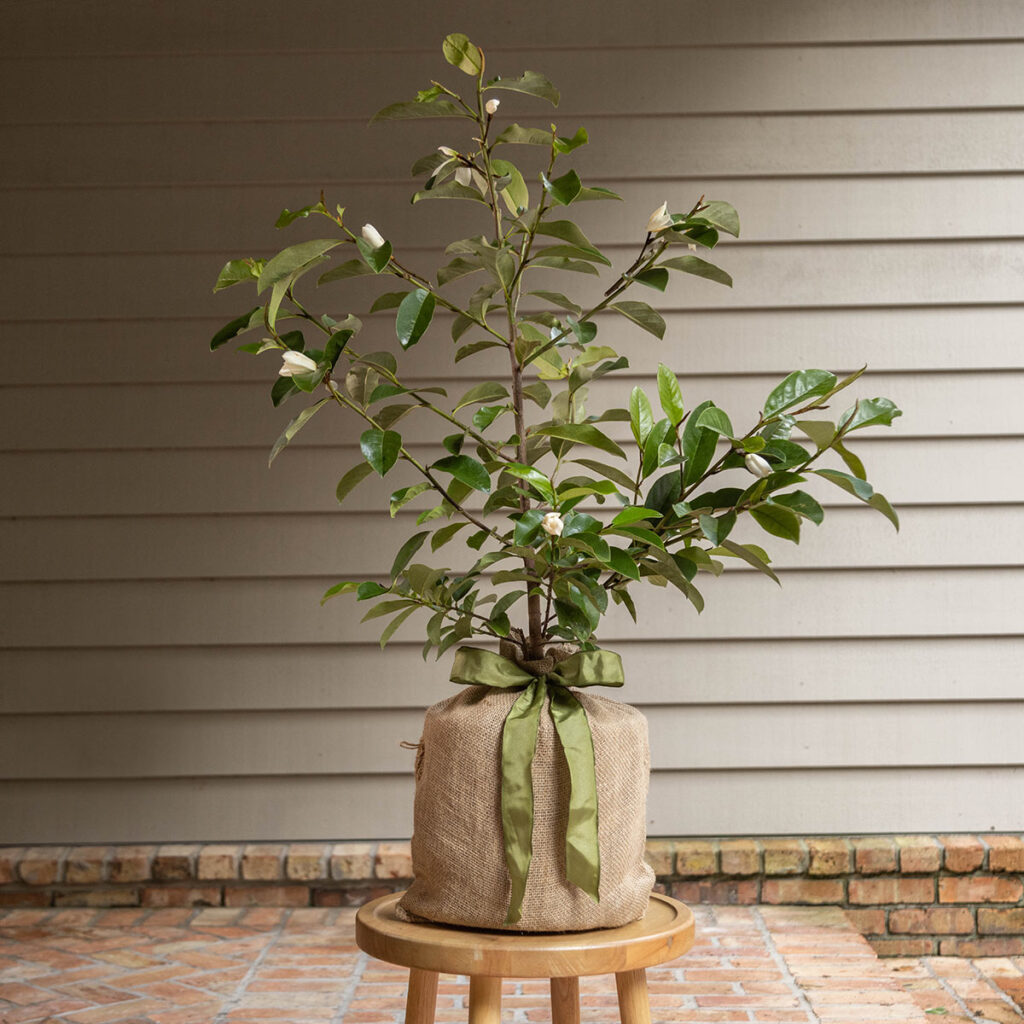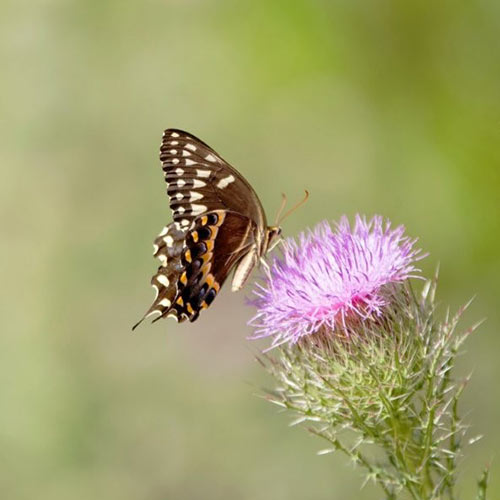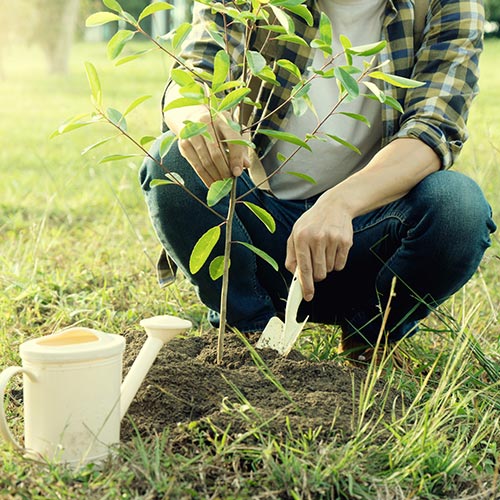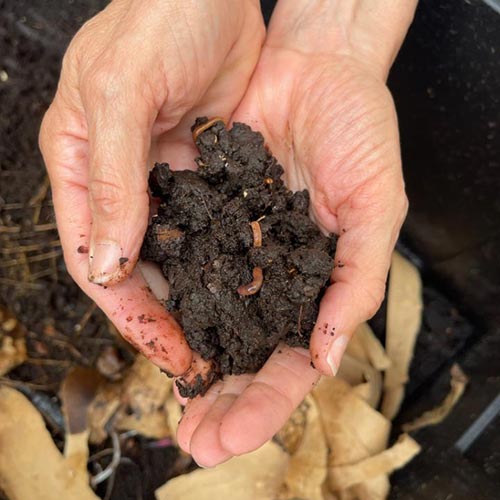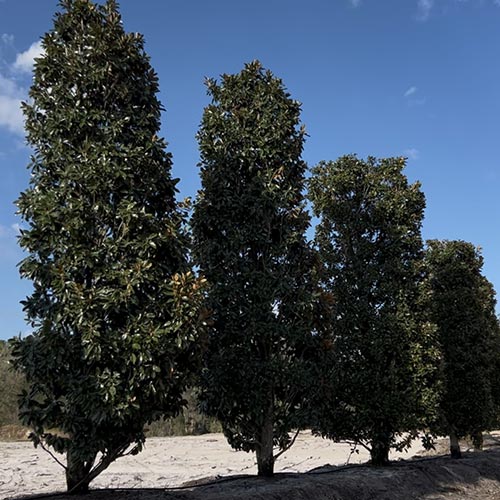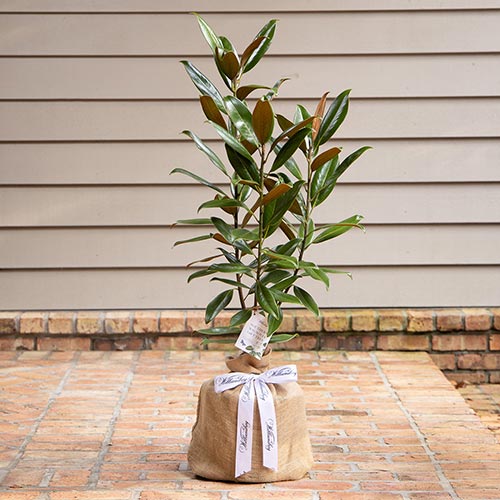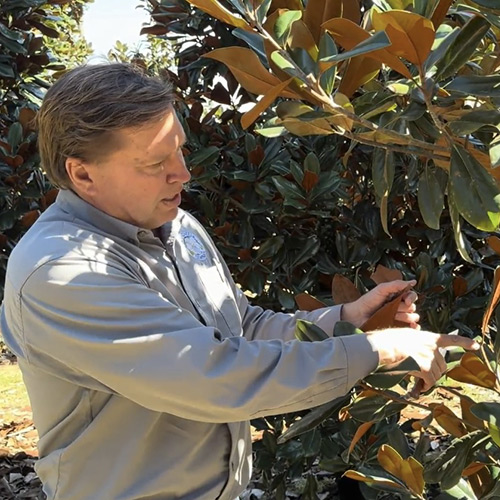How to Care for a Magnolia Tree
August 10th, 2023
Have you ever worried about your magnolia tree? As magnolia tree farmers, we often wonder how each of our magnolia trees is growing. We also get a lot of questions about the best ways to take care of magnolia trees and what to do when leaves start to drop or turn brown. Today we’re going to share an in-depth guide to magnolia care including how to fertilize your magnolia tree.
Fertilizing Magic: Nourishing Your Magnolia Tree
The magnolia tree is truly a regal beauty. Known for its elegant white blooms and bright green foliage, most magnolia tree owners want to make sure their magnolia trees are happy and healthy. One of the most important steps to taking care of a magnolia tree is making sure you fertilize it.
Where to Fertilize Your Tree
Fertilizing your magnolia tree ensures growth and vitality by providing it with the minerals and nutrients it needs. The first thing you’ll need to understand is how the magnolia roots grow.
Unlike some other trees, the roots of a magnolia tree stretch wide rather than deep. This means that when you’re fertilizing, you’ll want to distribute the nutrients not just around the base but also a little wider to accommodate the root spread.
Choosing the Right Fertilizer
You’ll want to opt for a slow-release fertilizer specially formulated for trees. A slow-release fertilizer ensures that there is a steady and consistent nutrient supply for your magnolia tree for months to come.
When to Fertilize Your Magnolia Tree
You should fertilize your magnolia tree in March and September to coincide with its active growth period and to give it fuel for the winter season. As soon as you spot new growth, it’s the perfect time to fertilize.
Leaf Drop Unraveled: Understanding Your Magnolia Tree’s Behavior
Seeing your magnolia tree drop leaves might make you worry about the health of your tree, but don’t worry, magnolia trees often drop their leaves and it usually isn’t cause for concern. Your magnolia tree will usually drop its leaves for two main reasons:
- Seasonal Cycle: Magnolia trees undergo a regular leaf-shedding process, which allows them to renew their foliage throughout the year. This is normal behavior, particularly in early spring. This is a natural process of what we call leaf senescence. As the magnolia tree starts to devote energy to the new leaves and buds, the old leaves have served their purpose in the life cycle of the magnolia tree. The leaves drop to the ground as yellow leaves.
- Stress Response: Excessive leaf drop may occur when your magnolia tree faces stressors such as extreme temperatures, insufficient watering, or soil imbalances. Maintaining proper care and addressing stressors promptly can help your tree stay healthy.
Dealing with Brown Magnolia Leaves
Brown leaves on your magnolia tree can be disheartening especially if you’re used to their beautiful deep green color. But there are three specific reasons why your magnolia tree might be changing color.
- Overwatering: Magnolia trees don’t like sitting in a ton of water. Overwatering can lead to root rot, depriving the tree of essential nutrients and causing leaf discoloration. Make sure your plant has proper drainage to avoid this issue.
- Underwatering: On the other hand, underwatering can cause leaves to turn brown and wither. Monitor soil moisture and water your magnolia tree adequately to maintain its vitality.
- Age: When a leaf reaches a certain age, your magnolia tree will drop it and bring in new growth. If your leaf has been on your tree for a while and you notice it starting to change in appearance, it’s just progressing through a natural growing process.
Nurturing a magnolia tree is an art that depends on both science and a love of gardening and nature. By understanding the magnolia tree’s unique root system and providing the right nutrients through slow-release fertilizers, your magnolia tree will flourish.
Embrace the natural leaf-shedding process and make sure to address any external stressors to keep your tree happy and healthy. If you have any further questions, we are always here to help.
Recent Articles

